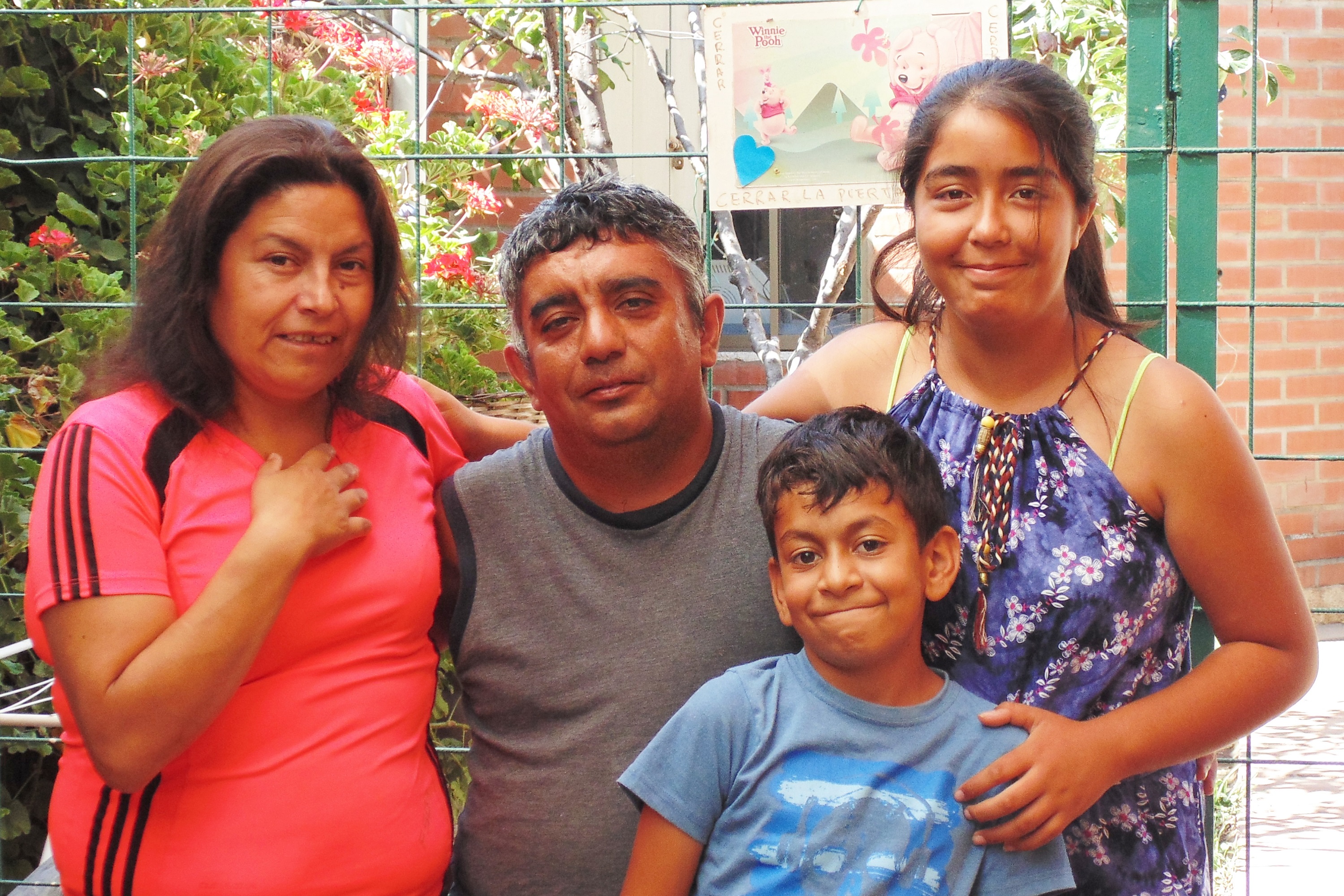
Argentina
Improving asthma management at the primary health care level.
Argentina has high asthma prevalence and hospitalisation rates but mortality has fallen over the last 3 decades (Figure). In 2014, the national Ministry of Health (MoH) launched a national programme for the control of chronic respiratory diseases (CRD) in the adult population by strengthening the capacity of healthcare services to detect and manage CRD and improving treatment access.
Asthma prevalence
For children, the International Study of Asthma and Allergies in Childhood (ISAAC) Phase One found the prevalence of current asthma symptoms was 16% in 6-7 year olds, and 11.5% in 13-14 year olds rising to 13.6% in ISAAC Phase Three. In one year olds prevalence of recurrent wheezing was 18.9%. In adults aged 20-44 years, national asthma prevalence was 6.5% using the European Community Respiratory Health Survey questionnaire.
Asthma control
Hospitalisation rates for asthma in Argentina were 15% in 2005 and 17% in 2013, with emergency room visit rates of 43% and 44%, respectively. Thus, many Argentine patients have poorly controlled asthma and it is necessary to identify factors that may improve patient outcomes.
Mortality decreases
The asthma mortality rate has fallen from 3.93% (1980s) to 0.96% (2015). From 1996 to 1999, Global Initiative for Asthma (GINA) assembly members from Argentina developed a national programme to disseminate and implement GINA guidelines which included activities during congresses and meetings organised by Argentine Association of Allergology and Argentine Association of Respiratory Medicine. It also reached 10,000 family doctors, paediatricians and primary care physicians nationally, focusing on early diagnosis and therapeutic recommendations to achieve better asthma control and reduce asthma morbidity and mortality.
Campaign
In 2018, the MoH will launch the zero asthma mortality campaign in the 5-39 year age group which has 40 deaths/year (2014-5). The cause of death, number and severity of exacerbations, quality of care, and therapy during the two previous years will be assessed. It will provide over 1000 spirometers to primary care centres, improving diagnostic capability. The inhaled corticosteroids/ long-acting β2-agonist combination will be included in the universal drug provision system.
